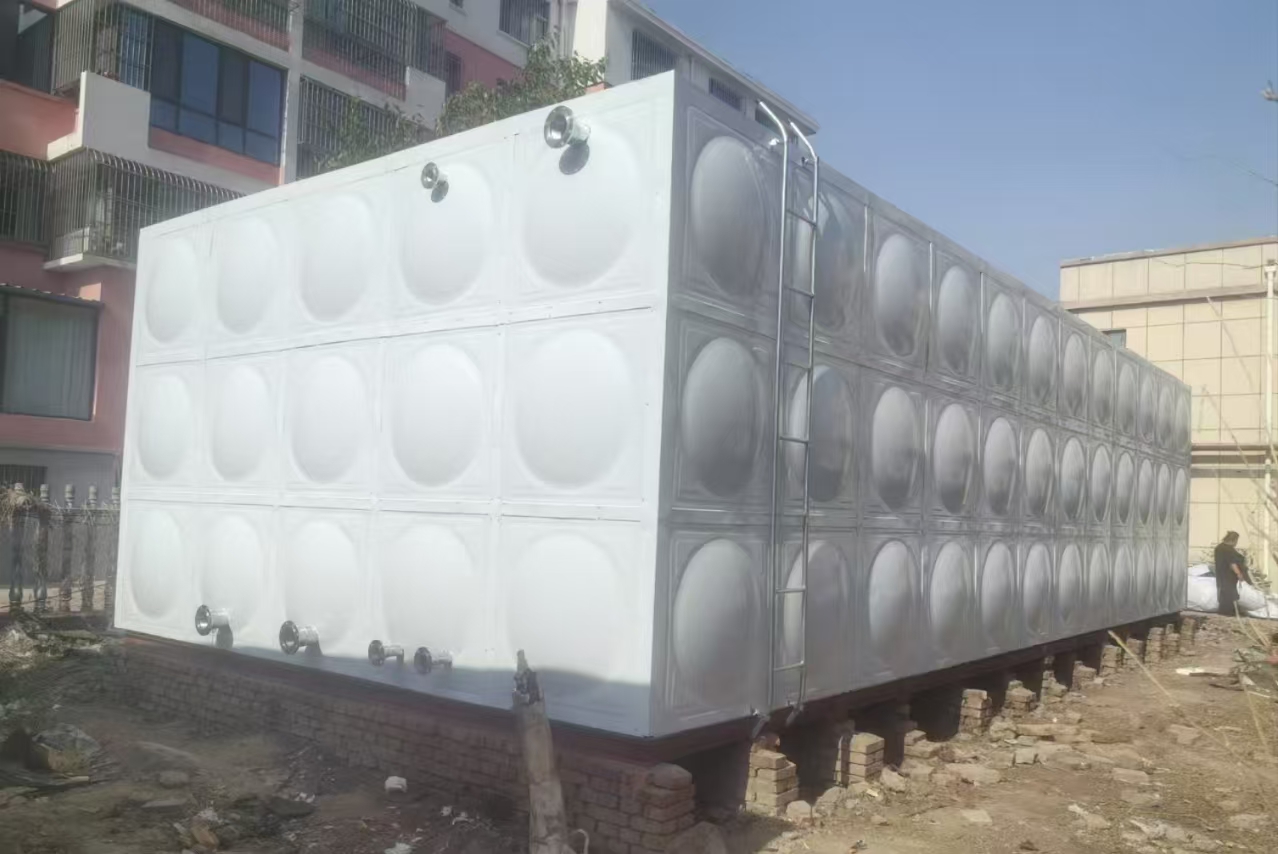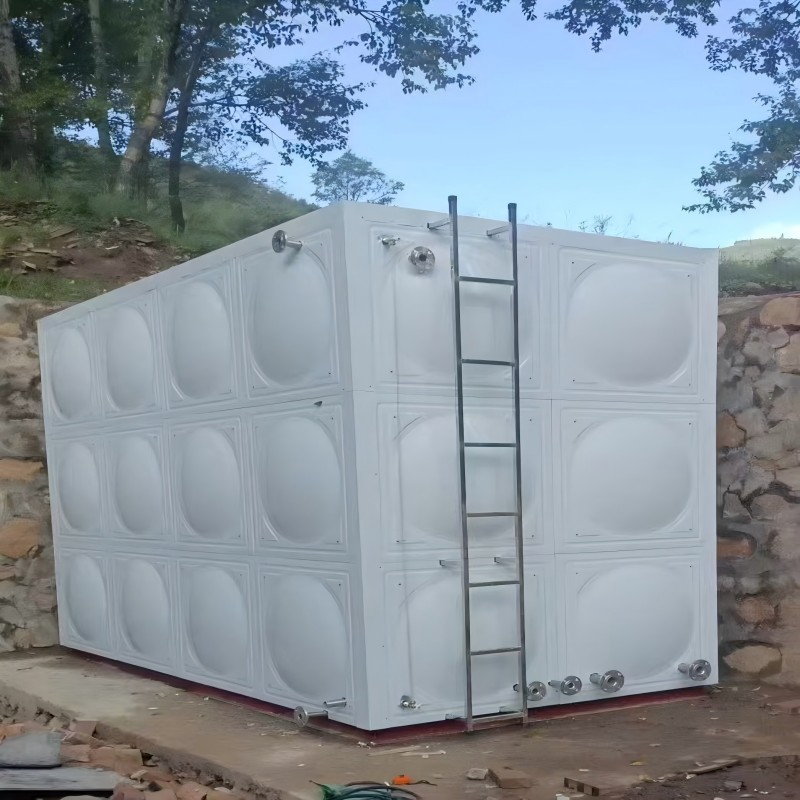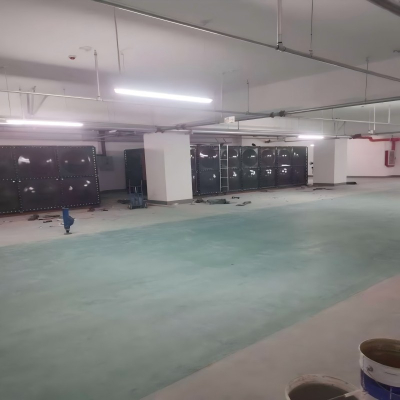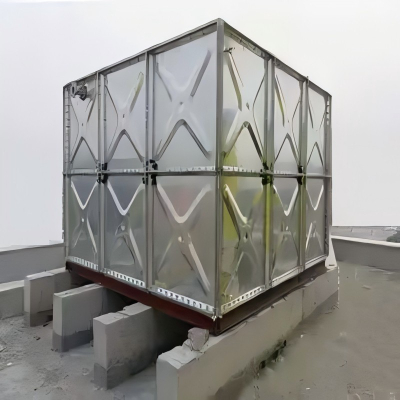Insulated Stainless Steel Water Storage Tank
Excellent Insulation Performance
High-quality Insulation Layer: Utilizes advanced insulation materials such as polyurethane foam. Its low thermal conductivity effectively impedes heat transfer. For instance, in winter, it can retain the heat of hot water for an extended period, reducing the rate of heat dissipation. This enables hot water to maintain a relatively high temperature for hours or even days, significantly cutting down energy consumption and saving a substantial amount of electricity or fuel costs for heating water in households or enterprises.
Precision Manufacturing Process: The insulation layer of the water tank is fabricated with a precise foaming technique, ensuring that the insulation material evenly wraps around the inner tank and outer shell without gaps or voids. This avoids the problem of rapid heat dissipation in local areas and further enhances the overall insulation effect.
Product Details of Insulated Stainless Steel Water Storage Tank
Material and Structure
Our stainless steel insulated water tank is mainly constructed with high-quality 304 or 316 stainless steel, which is renowned for its excellent corrosion resistance and durability. The tank consists of an inner tank, an outer tank, and a middle insulation layer. The inner tank is in direct contact with water and is made of food-grade stainless steel to ensure the purity and safety of the stored water. The outer tank provides additional protection and support. The insulation layer, typically made of polyurethane foam with a certain thickness. This insulation layer has a low thermal conductivity, effectively reducing heat transfer and maintaining the temperature of the water inside the tank.
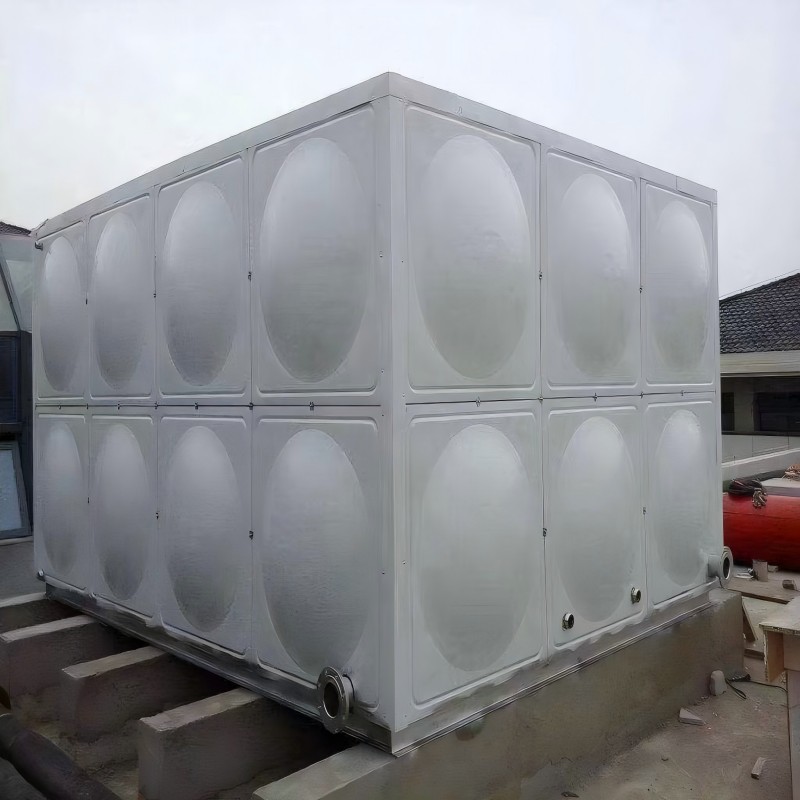
Insulation Performance
The insulation performance of the tank is a key feature. It can keep hot water hot for an extended period and cold water cold. For example, it can maintain the temperature of hot water within a relatively stable range for several hours or even days, depending on the initial temperature and the ambient conditions. This helps to save energy as it reduces the need for frequent reheating. Similarly, it can prevent cold water from warming up quickly, which is beneficial for applications such as storing chilled water for industrial processes or for providing cool drinking water in hot weather.
